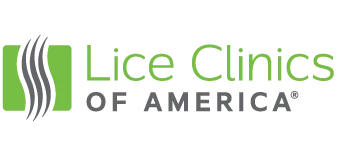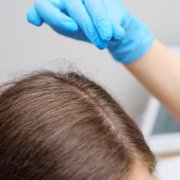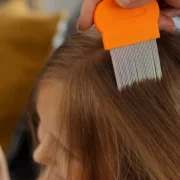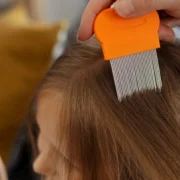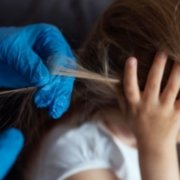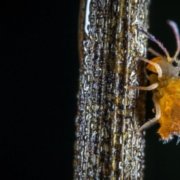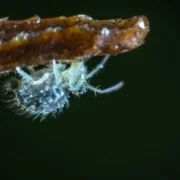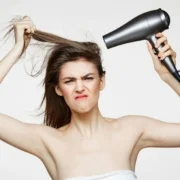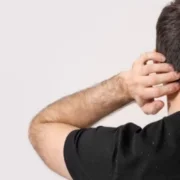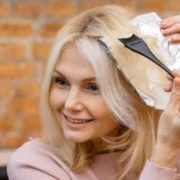Body Lice vs Head Lice: What’s The Difference?
Head lice affect around 6 to 12 million people in the United States with the most targeted demographic being children ages 3-11. With that number of cases, the term is one many are familiar with, whether they contract the condition directly or through someone else. Although it doesn’t cause any severe disease itself, head lice can still be a nuisance and in some cases lead to serious bacterial infections.
Body lice, however, is a term that not many are familiar with and affects fewer people than head lice. There are many differences between body and head lice, and it’s vital to understand those differences. At Lice Clinics of America in Anderson, Greenville, or Spartanburg, we pride ourselves on not only offering the best treatment services in South Carolina but also ensuring our patients understand the conditions we treat and why.
Body Lice vs Head Lice: The Facts
Wait a minute. There’s more than one type of lice? Yes, it’s called body lice and it is vastly different from the condition we all know as head lice.
Firstly, body lice lay their nits and thrive in environments that your body comes into close contact with. Bedding, clothing, and blankets are all examples of objects in which body lice live and lay their nits.
Secondly, head lice are more common than body lice because it’s easier to spread the condition through direct contact with an infected person. Body lice do not impact your scalp and head lice do not impact your body. Although they are similar insects, they do not spread to other areas of your body.
What Are Head Lice?
As briefly discussed above, head lice live on a person’s scalp. They are tiny bugs, about the size of a sesame seed, and have six legs in total. They usually are light in color however, they tend to be darker in persons with darker hair. They normally reside in the four hotspots on the scalp: behind the ears, at the crown of the head, around the hairline, and at the base of the neck.
Head lice start off as nits or lice eggs. They rest on the hair strands about ¼ of an inch above the scalp. Because of their physical attributes, they cannot be removed by a regular comb and are attached to the hair shaft. They are also incredibly small in size so identifying them with the naked eye is difficult and can often be confused with dandruff or hair spray droplets. It takes about 8-9 days before it hatches into a nymph.
A nymph is very similar to an adult head louse but it is smaller in size. For 9-12 days it feeds on the blood from the scalp before it fully matures. Once it reaches that stage a female head louse can lay about six nits a day and complete a full life cycle in 30 days. What makes these insects difficult to remove without the proper tools is that they have these hooks attached to the ends of their legs that allow them to firmly grip the hair shaft. The teeth of most combs are too large in size and therefore would glide right over the lice and their nits.
Knowing how difficult this condition is to treat on its own, Lice Clinics of America in Anderson, Greenville, and Spartanburg have all the treatment options at affordable prices for families that visit us.
The AirAllé
The AirAllé is the only FDA-cleared medical device that uses heated air for the treatment of head lice. It is safe and completely pesticide free and even has the ability to kill super lice. Even though the name sounds intimidating, super lice are physically the same as regular lice. They are given their name because of their resistance to regular lice treatments.
The AirAllé treatment is a 3-step process to ensure that every head louse and nit is completely removed from the hair. The first step starts with a clinician using the AirAllé to dehydrate the lice and their nits. The next step is using a special comb to remove the dead lice and nits, followed by an oil application. The technology behind the AirAllé is at the top of its class in the world of head lice removal and we are confident enough in its effectiveness that we can guarantee a follow-up service is not required.
In the rare case that the AirAllé is ineffective, we offer a 30-day retreatment service to anyone who was seen at our clinic, given other conditions are met. This is free of charge.
Additional Head Lice Treatments: The Express AirAllé, Comb-Out, and Kit
If you have short hair, our clinic offers the Express AirAllé treatment starting at $175. This is similar to the original AirAllé, except there’s a 10-minute comb out instead. There is also a 30-day retreatment policy included for this service.
Although incredible and effective, the AirAllé is unfortunately not for everyone. Because of the technology, there are certain individuals who might be at risk and therefore we recommend a comb-out service instead. This is a traditional strand-by-strand treatment where we use a specialized comb to remove the lice and their nits. The purchase of an at-home-comb-out kit is required for this treatment. At least 30 minutes of combing every day for 10 days is required as well as an oil application on days 1, 5, and 10. On day 11 we will conduct a recheck and there isn’t a retreatment plan offered for this service.
The last head lice treatment we offer is a do-it-yourself kit. All of the tools and products you will need are included as well as detailed instructions on how to perform the technique. However, consistency is key to ensuring the complete removal of head lice. This treatment will need to be done every day for 10 days.
Lice Clinics Of America
Lice Clinics of America located in Anderson, Greenville, and Spartanburg have the tools and highly trained professionals your family can trust when it comes to treating head lice. Our technique is thorough and our services are vast to ensure every person who walks into any of our locations will find the right treatment option for them. We are highly specific and detailed in our efforts to treat our patients and their families. Our dedication to them and our top-notch services make Lice Clinics of America the best in South Carolina. For more information on treatment services and packages, visit our website or give us a call today at any of our locations.
